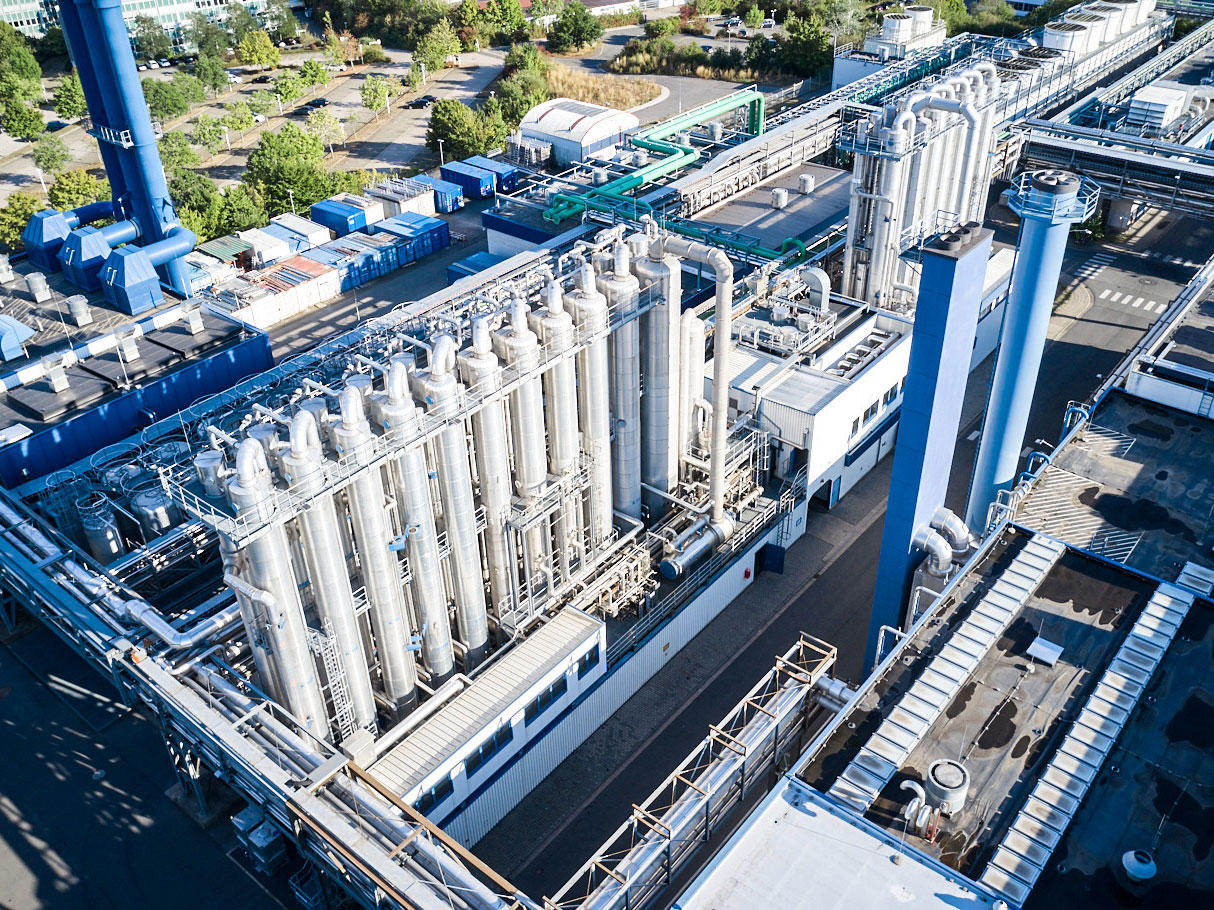Making Climate Protection a Priority

As a leading global provider of renal health care, we have a special responsibility for our patients.
We take a broad understanding of care that includes ensuring a safe and sound living environment for our patients, employees, and communities. Environmental protection is therefore part of our overall corporate responsibility. Based on this, we tailor our sustainability efforts to our business and leverage our commitment to future-proof it for generations to come. We do this in small steps that add up to make a big impact.

The plant in St. Wendel, Germany, is one of our biggest production sites for dialyzers.
To this end, the climate protection targets we announced in 2022 will play an important role in our global business operations in the years to come. Based on the emissions reported in 2020, we aim to:
- reduce direct and indirect CO2 emissions (Scope 1 and 2) by 50% by 2030,
- become climate neutral in our own operations by 2040.
We are continuously implementing our roadmap to meet these targets. It is important that we focus on what we want to achieve, while adapting flexibly to dynamic global circumstances. This means modifying our approach as data availability increases and opportunities change.
Our employees met the challenge
We have introduced a number of measures and initiatives that will enable us to save energy and avoid emissions. While climate protection is a global issue, we also rely on the expertise of our employees on the ground to make sure that the processes they work with every day are as climate-friendly as possible.
Going forward, we will implement a consistent approach to identify, track and report initiatives to achieve greater energy efficiency and transfer best practices.
For Charlotte Stange, Global Head of Sustainability, climate protection is a matter of the heart. She appreciates the commitment of the Company’s employees: “We’re already seeing great examples at a local level today. To move towards our climate protection targets, we will build on the operational experience and commitment of our colleagues at our sites and in our clinics.”

Our sustainability goals benefit from the operational expertise and commitment of our employees.
Connecting our operations to clean energy
To reduce emissions in the long term, it is important that we have access to renewable energy. At the same time, we are aware that by supporting projects for generating green energy, we can also positively impact local communities. However, we cannot gain physical access to green electricity at all of our facilities, for example, by building our own wind or solar parks next door to our plants.
An alternative is to conclude virtual power purchase agreements (vPPA) with energy producers. These allow us to access power indirectly from renewable energy sources without getting it directly from the operator. Measures like this allow the Company to contribute to the generation of renewable energy by facilitating the development of clean energy projects. As vPPAs are not globally available, we are currently focusing on the U.S. and Canada as well as countries in the European Union. We are also looking into projects in which we can generate as much clean energy as we need for our own operations to achieve the climate target.
Climate protection is an ongoing journey
Making climate protection a priority in a global business setup is a complex and, above all, long-term process, as Charlotte Stange is aware: “Making our business more sustainable and contributing to global climate goals is an ongoing and challenging journey. A key to success lies in seeing this as a joint effort.” She adds, “Recent global developments have clearly shown us that companies must be prepared to adjust quickly to unforeseeable world events. Working together as a team makes a major difference.”


